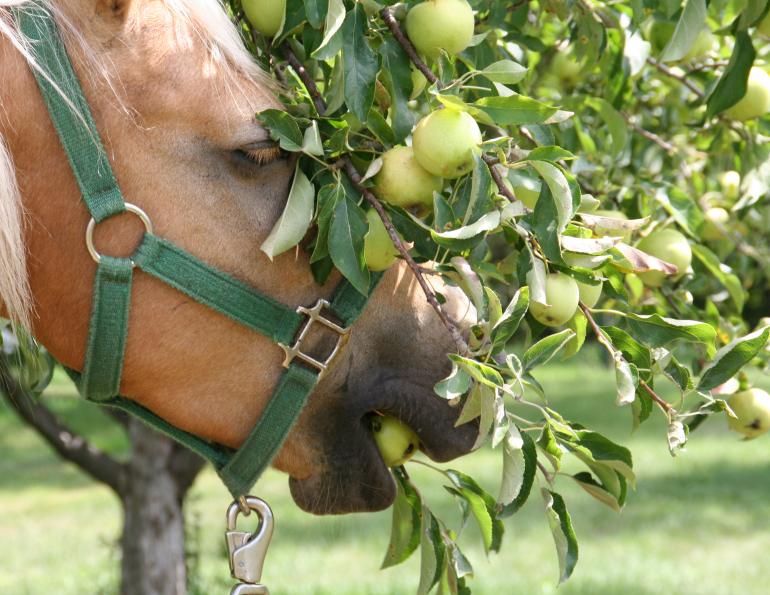
In modern society, it’s common to assume that the more choices we have, the better, and that our desire for choice and ability to manage it knows no bounds. But this is not necessarily true.
“Any customer can have a car painted any colour that he wants so long as it is black,” said Henry Ford, commenting on the colour options for the Model-T. By offering the Model-T only in black, the car was less expensive to produce. Ford had to find only one supplier for good black paint and buy it in large quantities at better prices. Costs were reduced and any painting problems were dealt with efficiently. Ford knew that simplifying can increase productivity and increase sales, while lowering costs.

1925 Ford Model-T, Photo: Wikimedia
In 2,000, psychologists Sheena S. Iyengar from Columbia University, and Mark R. Lepper from Stanford University, conducted an experiment in which they presented grocery store shoppers with free samples of jam. Twenty-four flavours of jam were offered on one Saturday, and six flavours of jam were offered the next Saturday. More people stopped for free samples when 24 were offered, yet when only six flavours were offered, six times as many actually bought the jam.
The conclusion? More choice is not always better, and this result has been confirmed many times in other studies.
Easier Decisions Make Happier Customers
Sometimes we make our marketing offers too complicated for our customers. Remember, we need to attract the right prospects who will actually buy the most popular flavours of jam, or we’ll have the extra work and expense of creating, marketing, and selling all those other flavours, and maybe selling less jam overall.
Studies have shown that although choice is good for us, offering too many choices can be demotivating to customers and make their decisions feel complicated; customers might feel burdened from the responsibility of choosing from too many options. An overload of options may cause some people to feel dissatisfied with the choices they have made in matters as trivial as jam flavours, and as significant as buying a new vehicle. Too many choices can even cause “choice paralysis,” as seen in a child trying to choose an ice cream cone flavour when there are 50 flavours to choose from.
Think of your business as a fruit tree that may need pruning. Pruning influences the health and shape of the tree and direction in which it grows. Fruit trees benefit from removal of weaker branches, giving stronger, healthy branches more room to grow, and lower branches more sunlight. When there are too many branches and buds on the tree, the fruit must compete for space and energy from the tree, making for smaller fruit.

Photo: Canstock/Oksix
As we deal with changing economic realities, business owners everywhere are looking hard at long-term strategies to position their businesses to be healthy and successful in the future. In doing so, we may recognize opportunities for efficiencies to reduce costs and perhaps increase sales at the same time. Take a close look at your menu of products and services to find the ones that are raising your costs of production and service disproportionately and decide if they are even costing you sales. Consider the improvements in efficiencies that should lead to increased profits or increased opportunities in your business.
Now get out your pruning shears and lop off those branches of your business tree that are not producing well. Just as fruit trees should be pruned when they are dormant, this could be the perfect opportunity to prune and reshape your business for future strength and productivity.
- Kathy Smith, Publisher, Horse Community Journals
Main Photo: iStock/Gaussian Blur





















